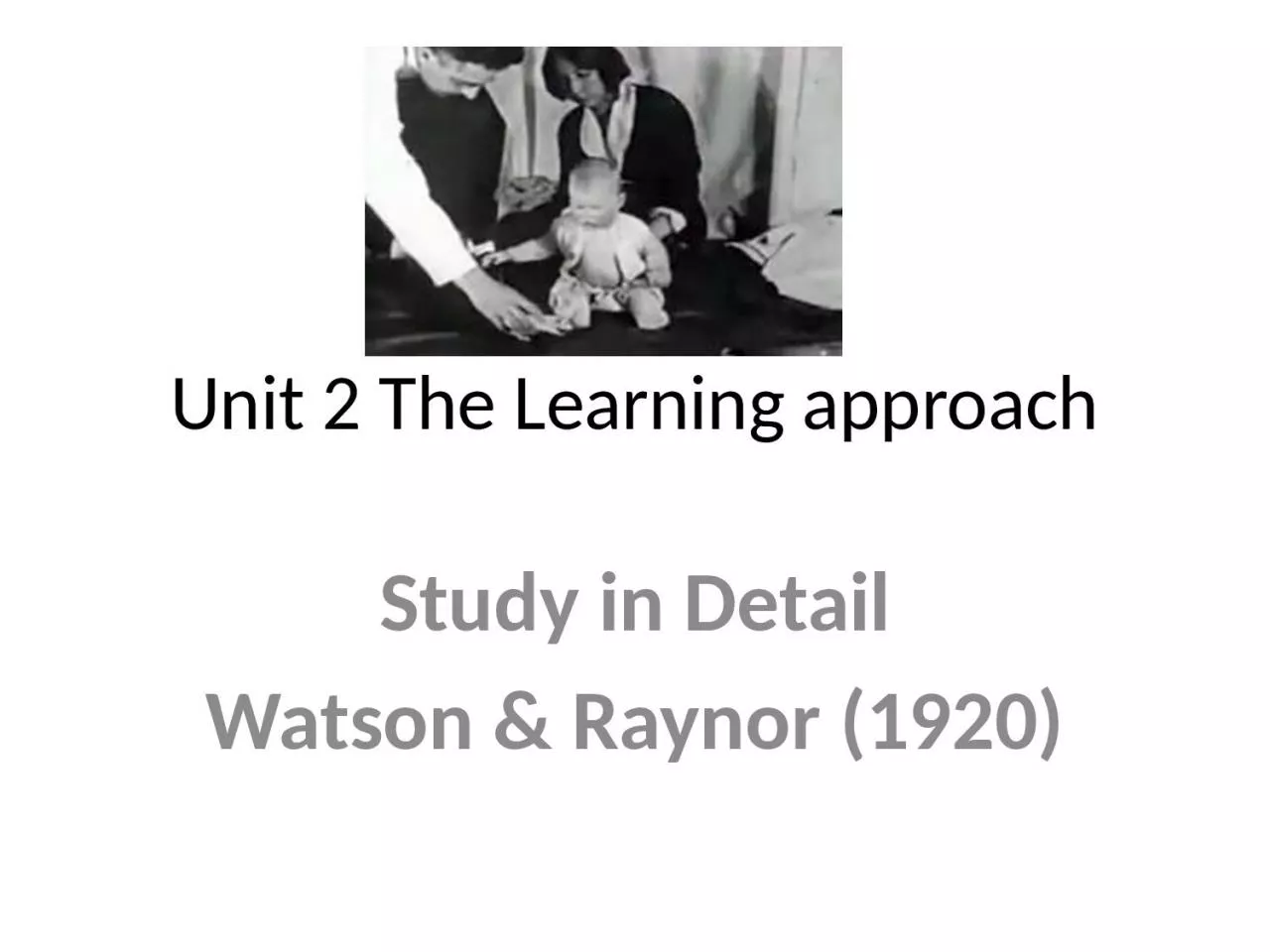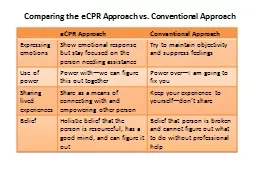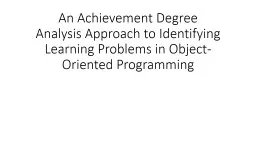PPT-Unit 2 The Learning approach
Author : WhiteGhost | Published Date : 2022-08-02
Study in Detail Watson amp Raynor 1920 Aim To demonstrate that the principles of classical conditioning can be used to explain how humans acquire phobic behaviours
Presentation Embed Code
Download Presentation
Download Presentation The PPT/PDF document "Unit 2 The Learning approach" is the property of its rightful owner. Permission is granted to download and print the materials on this website for personal, non-commercial use only, and to display it on your personal computer provided you do not modify the materials and that you retain all copyright notices contained in the materials. By downloading content from our website, you accept the terms of this agreement.
Unit 2 The Learning approach: Transcript
Download Rules Of Document
"Unit 2 The Learning approach"The content belongs to its owner. You may download and print it for personal use, without modification, and keep all copyright notices. By downloading, you agree to these terms.
Related Documents














